Agency Coordination
No single state agency or authority has oversight for ensuring the health and abundance of our water resources in Alabama.
Instead, the task is spread out among multiple State agencies, often creating confusion, conflict or inaction.
The Alabama Office of Water Resources is responsible for tracking water withdrawals, developing a drought management plan, and water negotiations with other states.
The Alabama Department of Environmental Management ensures water quality standards are met and issues permits to the facilities discharging into our rivers.
The Alabama Surface Mining Commission issues operating permits to coal mining facilities.
The Alabama Department of Industrial Relations oversees other types of mineral mining operations.
The Alabama Department of Conservation and Natural Resources is in charge of protecting native fish and wildlife.
The Alabama Department of Public Health issues fish consumption advisories, regulates septic systems, and protects private drinking water wells.
The Geological Survey of Alabama is a natural resource data gathering and research agency which explores and evaluates Alabama’s water and other natural resources.
There is little policy in place to ensure water quality, water quantity, public health, and healthy ecosystems are considered thoroughly in the decision making processes of these agencies, or that agencies are working together to ensure comprehensive protection. In addition, internal agency processes and guidelines often don’t provide clear and transparent authority to ensure healthy waters.
How Alabama Can Take Action
Engage in agency rulemaking processes designed to make our State agencies more effective and provide for comprehensive water resource protection. Future agency regulations must include clear decision-making processes, meaningful public participation, open dialogue with the public and with other agencies, and accountability. Implement executive and legislative
requirements for interagency cooperation that will ensure that government action will consider the impact on the four categories of water health. In the absence of a single agency tasked with comprehensively protecting water health, it is essential that our numerous state agencies work together.

